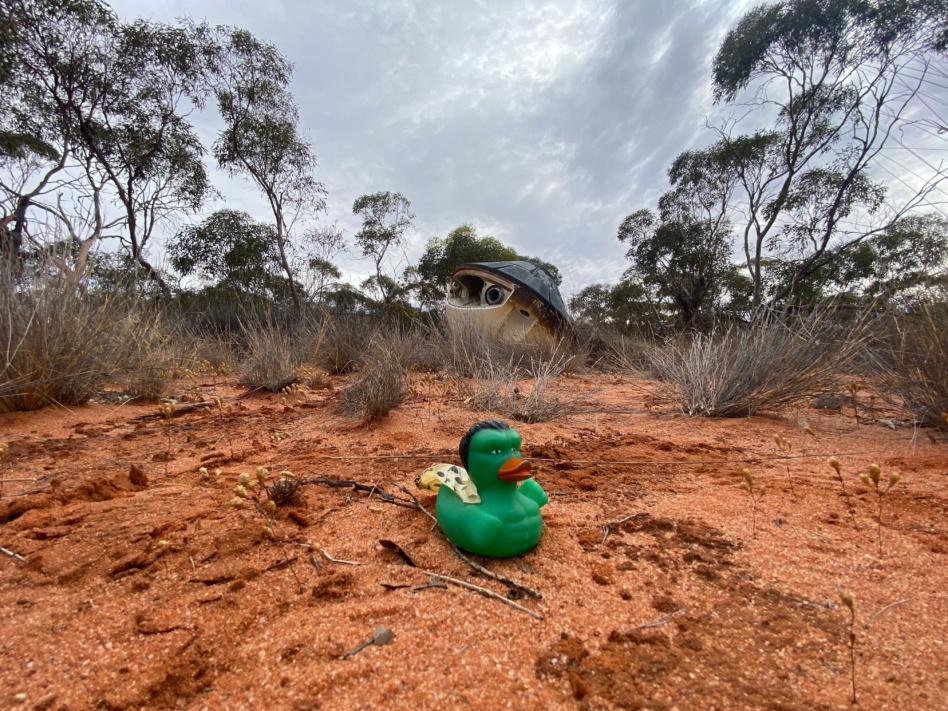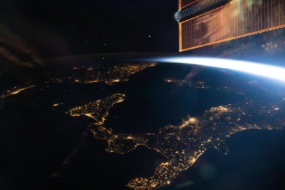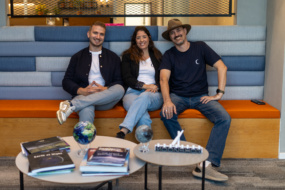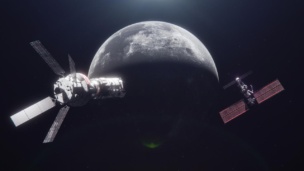Varda’s second reentry capsule W-2 landed safely in the dust of Southern Launch’s Koonibba Test Range in Australia yesterday.
It’s the company’s first reentry mission to land in Australia—opening the door for future re-entries in the Australian Outback and vastly increasing the company’s capacity.
The manifest: The W-2 reentry capsule used a thermal protection system developed in collaboration with NASA’s Ames Research Center to protect its payloads from the extreme speed and heat of reentry. The payloads onboard included:
- Varda’s pharmaceutical rector, which aims to expand the company’s in-orbit pharmaceutical processing capabilities.
- A spectrometer from the Air Force Research Lab (AFRL) called OSPREE (Optical Sensing of Plasmas in the ReEntry Environment), which used the mission to take the first in-situ optical emission measurements of a spacecraft during atmospheric reentry at speeds of Mach 25 and faster.
“Historically, flight tests on reentry systems have been cost-prohibitive, and impossible to conduct at a rapid cadence due to the lack of widely available platforms,” Capt. Ashwin Rao, an AFRL scientist, told Payload via email. “[Varda] reduces the cost of a reentry flight test from on the order of $100M to around $5M.”
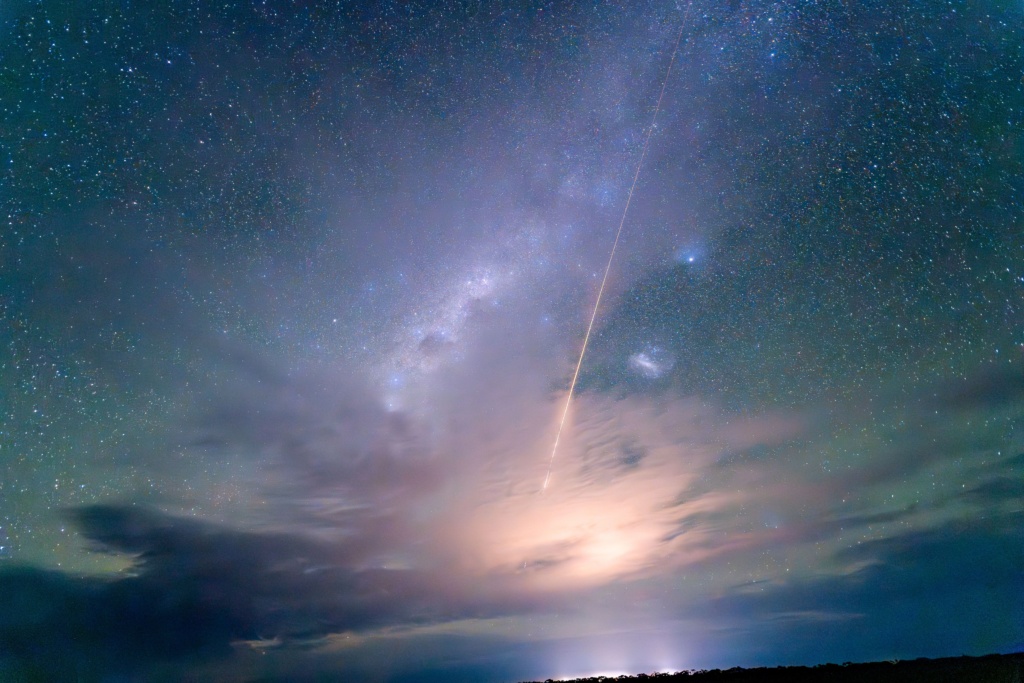
The Endeavor: Varda turned to Australia’s Southern Launch company for its second reentry missions amid regulatory woes last year during the company’s first mission, Winnebago-1.
Winnebago-1 accomplished its goal of growing Ritonavir crystals within a month of its June 2023 launch. However, the company circled the Earth in regulatory limbo for nearly eight months before receiving the Part 450 reentry license from the FAA, and landing in Utah’s Test and Training Range in February 2024.
“For us to maintain the cadence and support for the customer demand that we are seeing for a range of re-entry services, we had to think beyond utilization of Utah Test and Training range or White Sands Missile Range. Southern Launch gives us a really good additional option to support those missions,” Josh Martin, Varda’s VP of government affairs, told Payload.
Compared to its first mission, Varda’s regulatory approval process for reentry into Australia shared many similarities, according to Martin, though the company benefitted from the Australians’ greater capacity to get approval across the line.
“[Because] the commercial industry is growing in Australia. The regulator is very well resourced,” Lloyd Damp, CEO of Southern Launch, told Payload. “The Australian Space Agency—the regulatory function—is really receptive and really quick to turn around and come and meet with us to find a path forward.”
What’s next: Southern Launch has agreed to handle the company’s next two missions, W-3, which is expected to launch in early March, and W-4 later this year. In total the company has four reentry missions scheduled for 2025.
